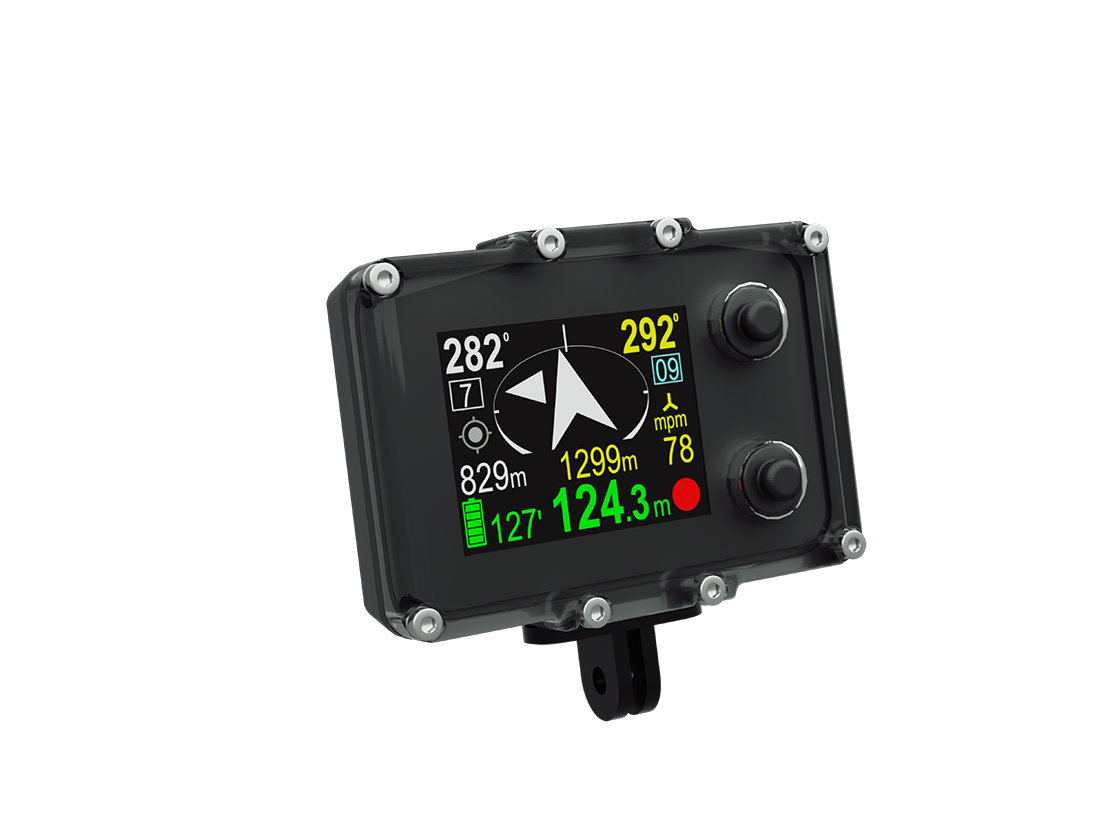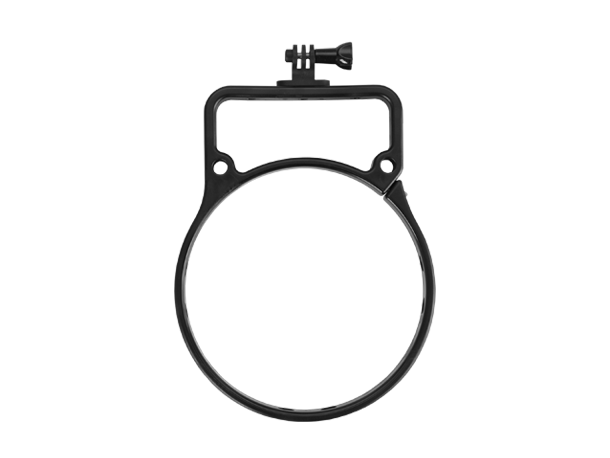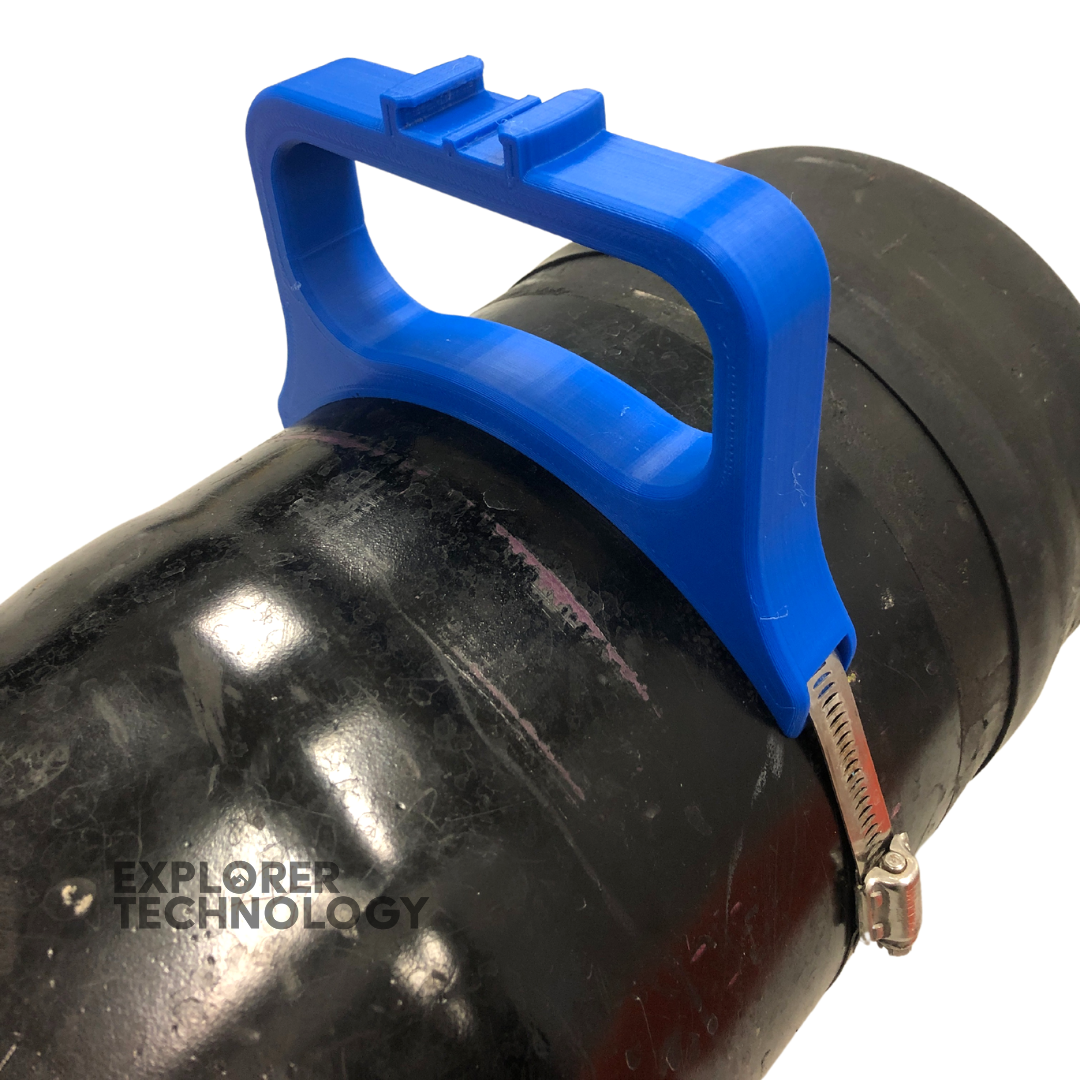I want to second that. For me, there are several things that matter about a DPV, but one of the important ones is: working time at optimal speed (around 45m / min), propelling typical tec-diver equipment such as doubles + deco, or ccr + bailout. Seacraft helpfully has "working time at optimal speed" on their specs pages.
Propulsion is a consumable resource, like gas, and so should be thought of in terms of planning and redundancy, at least on technical dives. For example, if one is going open-water exploring, one should plan for equipment failures. If solo, one should bring a backup DPV sufficient to reach a safe exit from the furthest point of the dive -- this adds mass and drag to your rig, so you will effectively need more power if you want to maintain 45m / min. If not solo, then your buddy's redundant propulsion is your DPV, and each diver must be able to tow a buddy to a safe exit from the furthest point of the dive, ending with 1/3 propulsion capacity remaining (the last 1/3 is for true emergencies).
For example, future 1000 advertises 350 min at optimal speed, so usable capacity for planning is 230 minutes, and planning extra conservatism for towing ppl, heavy gear etc, I'd be comfortable using it to plan a run of 180-200 mins. After some charge cycles, I assume that on any of these, the battery isn't ready for replacement, but no longer charges fully.
The genesis 3.1 offers similar or better runtime to the future 1000 and I like its other properties such as continuously variable transmission, user-replaceable battery, sealed engine compartment etc. The Seacraft navigation system can be mounted on genesis, as I learned on this forum, so navigation alone is not a reason to choose the scooter. If I find myself wanting to regularly push beyond 3 hours, I'll get a 3.2 and keep the 3.1 as backup (also, a 3.1 can be converted to 3.2).







